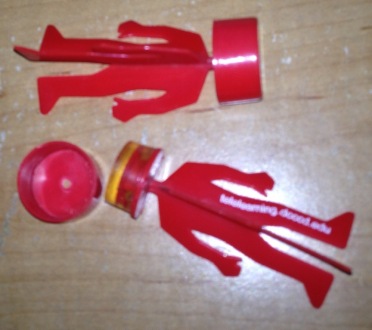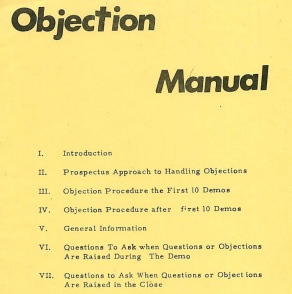Finding the remarkable in the unremarkable is like finding treasure hidden in plain sight.
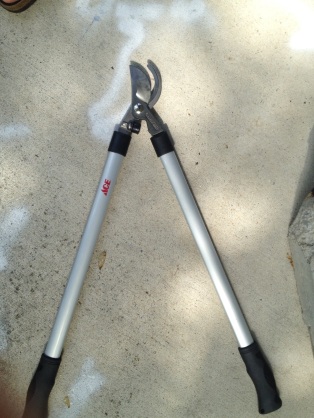 My new pair of bypass loppers*
My new pair of bypass loppers*
Remarkably, I bought several things at the hardware store yesterday.
You may ask, what’s so remarkable about that? Why write an entire blog post about a trip to the hardware store?
There are several reasons I found it remarkable, and you might too.
Before the 1,000 things projects, buying a bunch of stuff at the hardware store was as unremarkable for me as it would be for most people, but doing the 1,000 things projects made me much more aware about buying stuff. It changed the default setting on my buying habits from “yes, if” (as in “yes, buy it if I want it”) to “no, unless” (as in “no need to buy something unless I really need it”). This zero-based budgeting approach to buying most consumer items has become habitual for me.
So I haven’t been buying much stuff, period. In fact, this is only the second time this calendar year that I went to a store and bought non-consumable items (that is, things other than groceries, restaurant meals, gas and car repairs, fitness classes, massages, and various miscellaneous items). In February, I bought several sets of bed sheets to replace ones which had worn out. This time, I bought stuff for yard work: work gloves, masks, yard waste bags, and a pair of “bypass loppers.” The main reason for buying this stuff was to make it easier to clear out the invasive bamboo in my back yard (and the reason for that is another, longer story for a future post) and to tackle the poison ivy and other vines that are stressing the black cherry tree in my vacant lot next door.
So it was remarkable that this trip to the hardware store was remarkable for me; it was out of the ordinary instead of being ordinary like it used to be. I noticed the difference and appreciated it.
The second reason this trip was remarkable was that I bought the pair of bypass loppers* even though I already owned a pair. The old pair was seizing up and difficult to use on the thicker bamboo stalks I’ve been cutting down. I could have taken the loppers to the hardware store and asked them to sharpen and fix them, but I didn’t want to wait that long. Still, I asked myself if I was being wasteful somehow or if buying a new pair was really necessary, and I surprised myself a little by deciding to buy them. I think this was because I’d been focused more on the “No” part of the “No, unless” formula; I’d been saying “no” to buying new stuff a lot more than I had in the past. When I bought the bed sheets, the “unless” part was a little clearer; there, the decision was basically “no, don’t buy these new bed sheets — unless you want to stop sleeping on bed sheets with holes in them.” Well, in that case… For the bypass loopers, it was “no — unless you want to make the task of cutting down bamboo easier, faster, and less frustrating.” Sometimes, as in this case, “unless” makes more sense.
The third reason this trip to the hardware store was remarkable was that my decision to buy the new pair of loppers became easier once I decided I would give the old pair away; they still worked fine, and someone else could sharpen and fix them if they wanted. This is another big change for me: being comfortable with simply giving stuff away when I didn’t want or need it anymore instead of saving it up Just in Case I might need it Some Day. So I noticed and appreciated this too, that my willingness and ability to generate gratitude by giving stuff away had notched up a level.
Buying stuff thoughtfully instead of being mindless about the process, taking the time to appreciate something when I do buy it, and making sure that stuff circulates through my house instead of simply accumulating there, is all pretty mundane stuff. But the real takeaway from my trip to the hardware store, besides the things I bought, is that finding the remarkable in the unremarkable is like finding treasure hidden in plain sight, right under my nose.
So, time to go cut some more bamboo and put that old pair of loppers on Freecycle. Anyone need some bamboo stalks?
———————————————————-
*Of course, it was also remarkable that I was learning what these things were called for the first time in my life…

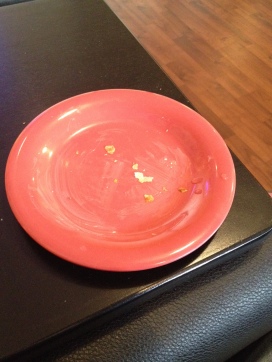 What, you were expecting to see a chocolate croissant? That puppy’s long gone…
What, you were expecting to see a chocolate croissant? That puppy’s long gone…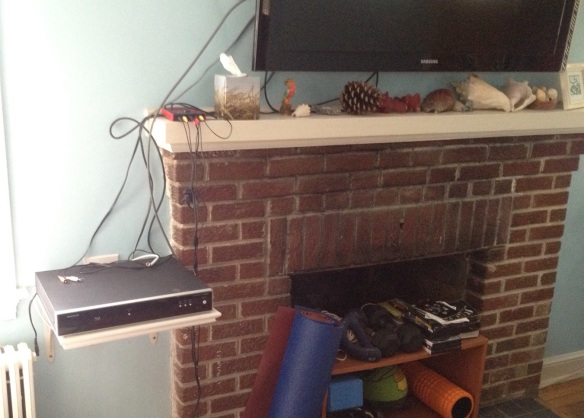
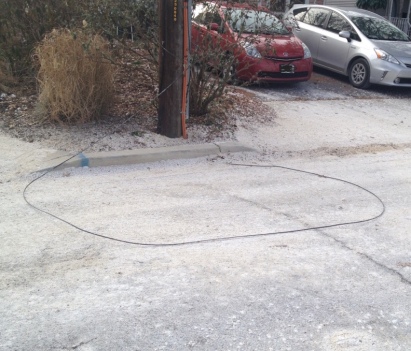 This is one way to cut the cable cord (but not the way I did it…)
This is one way to cut the cable cord (but not the way I did it…)


